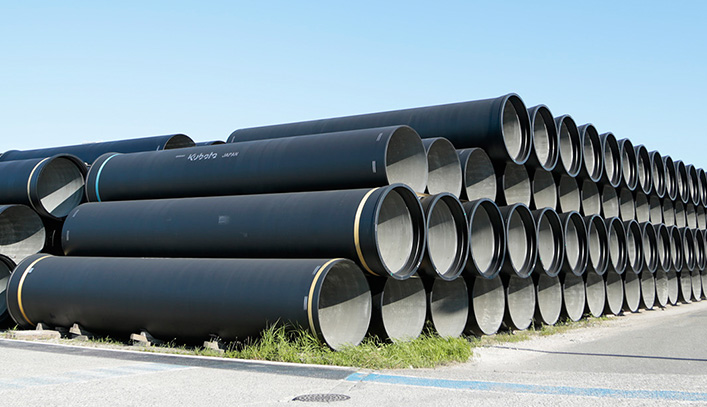Documentary of Kubota
California, U.S.A.

Los Angeles is known as one of America’s most earthquake-prone cities.
Here is how Kubota’s ductile iron pipes, created in Japan where the same risks are faced, are helping to address challenges.
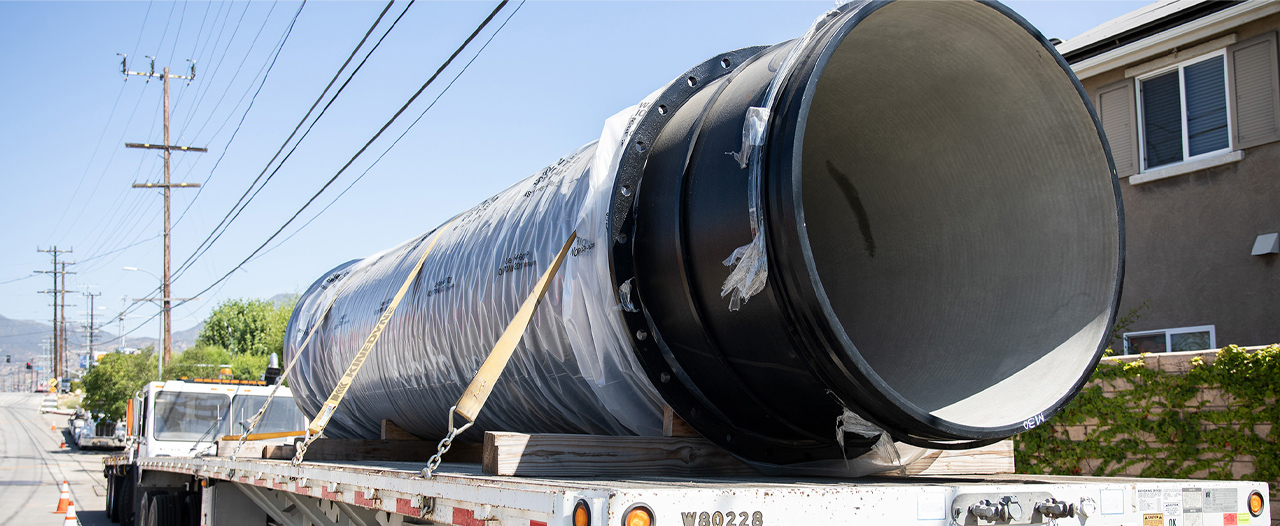
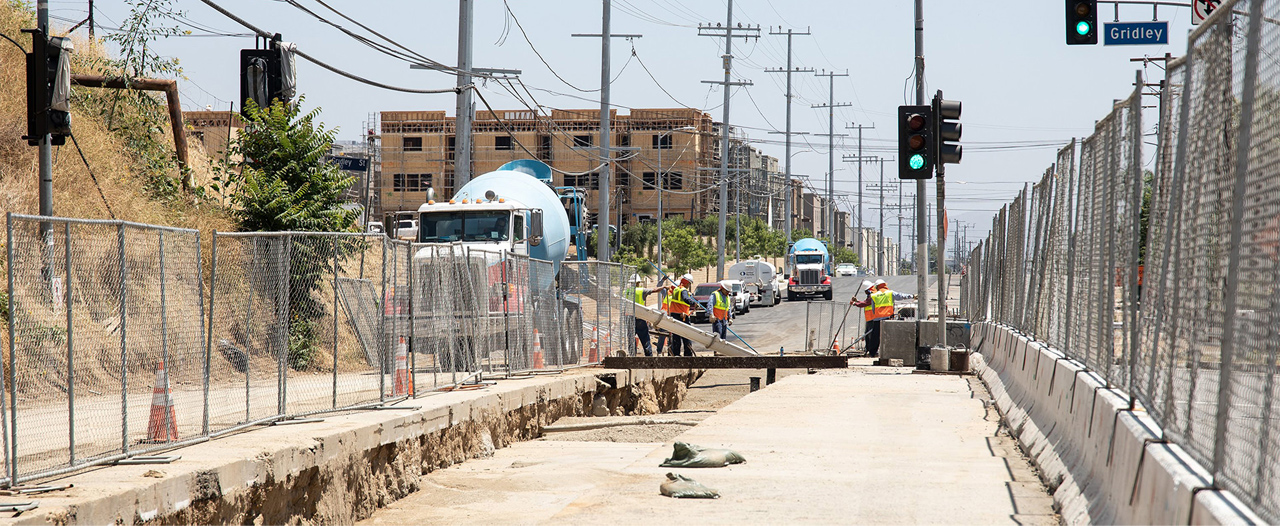
LA’s path to an earthquake resistant water pipe network
Los Angeles, California in the United States is known as a region with many earthquakes. For this reason, the pipes that support its water supply infrastruture had to be earthquake-resistant. Right now, construction is under way using Kubota’s earthquake-resistant ductile iron pipes. We asked about the earthquakes that occur in Los Angeles and why they chose Kubota.
-
Former Los Angeles Department of Water and Power
Craig Davis, Ph.D.
-
I think one thing that intrigued me was that Los Angeles, a major city of the world, experiences earthquakes. I've had a long-standing interest in the effects of earthquakes. So that kind of became a natural fit.
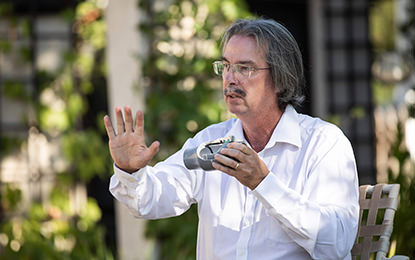
-
-
Seismologist
John Vidale, Ph.D.
-
Los Angeles is on the boundary between the Pacific Plate and the North American Plate, right on the San Andreas Fault system. Over 80 kilometers, a whole range of faults exist up and down the California coast.
It's hard to count the earthquakes, but there's probably about a million a year in California. We wish we could spot an earthquake just about to begin, but scientifically we can't do it.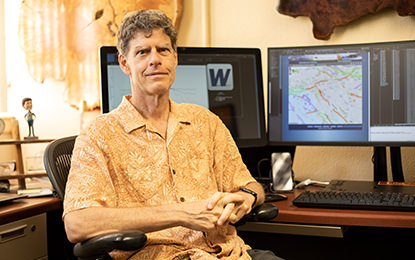
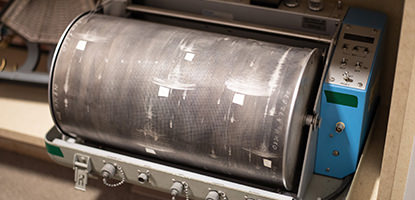
-
-
Former Los Angeles Department of Water and Power
Craig Davis, Ph.D.
-
We are dependent upon imported water supply through major aqueducts to maintain the population and the economy of southern California.
Interestingly, all of those imported water supplies actually cross the San Andreas fault. So one major event can cause damage to all of these aqueducts at once.We had very few pipelines designed to withstand the effects of earthquakes. We just placed normal pipe.
I began to hear about the specialized pipe that the Kubota Corporation was making. I saw them, but I didn't quite understand because their joints were a little bit different than the way we had here. It was the Kobe event that really showed that these pipes really do withstand the effects of earthquakes and large ground movements.
Pipes would move several meters, yet they weren't damaged. And not only were they not damaged, they didn't even leak.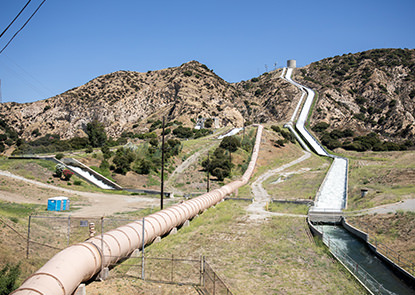
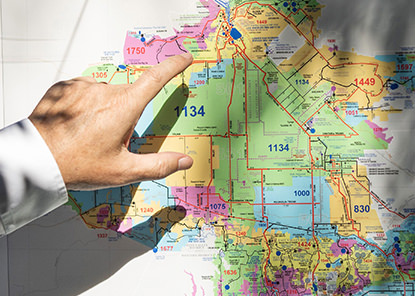
-
-
Manager of Infrastructure Resiliency for Water Distribution at Los Angeles Department of Water and Power
Russell Pierson
-
The city of Los Angeles Department of Water and Power is working on building a seismic resilient pipe network. We’re living in an area of many earthquake faults, and our top priority is to provide our customers with safe, clean, reliable drinking water.
LADWP focuses pipe replacement efforts in areas with critical infrastructure like hospitals, fire and police stations, emergency evacuation centers, and schools, and then we prioritize those pipes based on age, predisposition to leaks, and susceptibility to earthquakes.
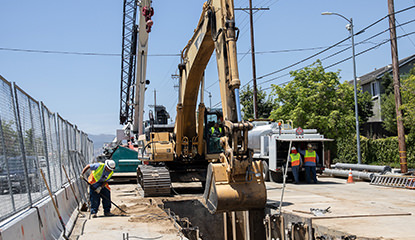
-
-
Los Angeles Resident
Karin Beck
-
The people in L.A. know that there is going to be a big earthquake. They're told that the big one is going to happen, and to be prepared. But I think everybody is so busy with their daily life that they just don't really prepare. And they think that they could maybe wing it. And I'm probably one of those people. But when you start thinking about the reality of being without water or any other necessities, it’s really frightening.
I think California or particularly Los Angeles does a really good job on trying to protect its citizens.
-
-
Manager of Infrastructure Resiliency for Water Distribution at Los Angeles Department of Water and Power
Russell Pierson
-
LADWP is committed to delivering reliable water to our customers through cost-effective infrastructure investments like earthquake-resistant ductile iron pipe. Through advancements in technology, we can change how we meet a growing demand for resources along with answering the demand to be environmentally conscious. LADWP is focused on creating a sustainable local water source and reducing the city’s dependence on imported water.

-
Kubota’s ductile iron pipes created in Japan were acknowledged by Los Angeles, a city that also suffers from earthquakes. The people involved in the project had a determination to maintain critical water infrastructure even in the event of an emergency. Water is essential for human life, and Kubota will keep refining its technologies to fulfill the wishes of all who work diligently to protect that infrastructure.
History
Kubota’s approach to earthquake-resistant water pipes
Kubota, the company that developed Japan’s first iron water pipes, has worked to realize safe and secure water infrastructure. The earthquake-resistant ductile iron pipes it has developed resisted all damage in past major earthquakes and helped to maintain vital lifelines. This technology is now gaining attention both domestically and throughout the world. Its adoption by Los Angeles marks the first instance in which earthquake-resistant water pipes from Japan have been laid abroad.
-
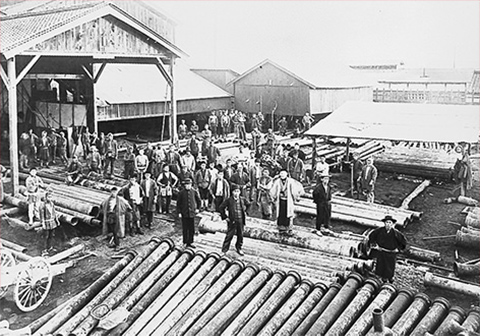
In 1893, Kubota succeeded in developing and mass-producing the first domestic cast iron water pipes.
-
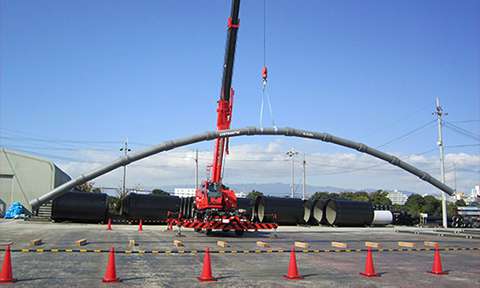
The joints are built to extend and contract, bend, and stay in place, allowing them to withstand ground deformation and tremors caused by earthquakes.
-
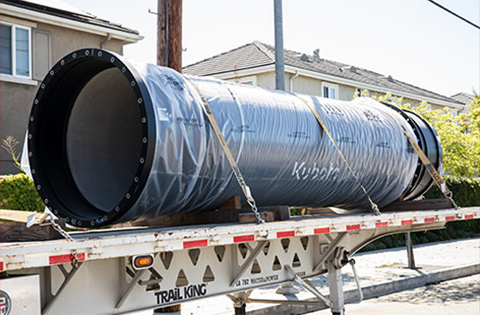
Kubota earthquake-resistant water pipes at work in Los Angeles
